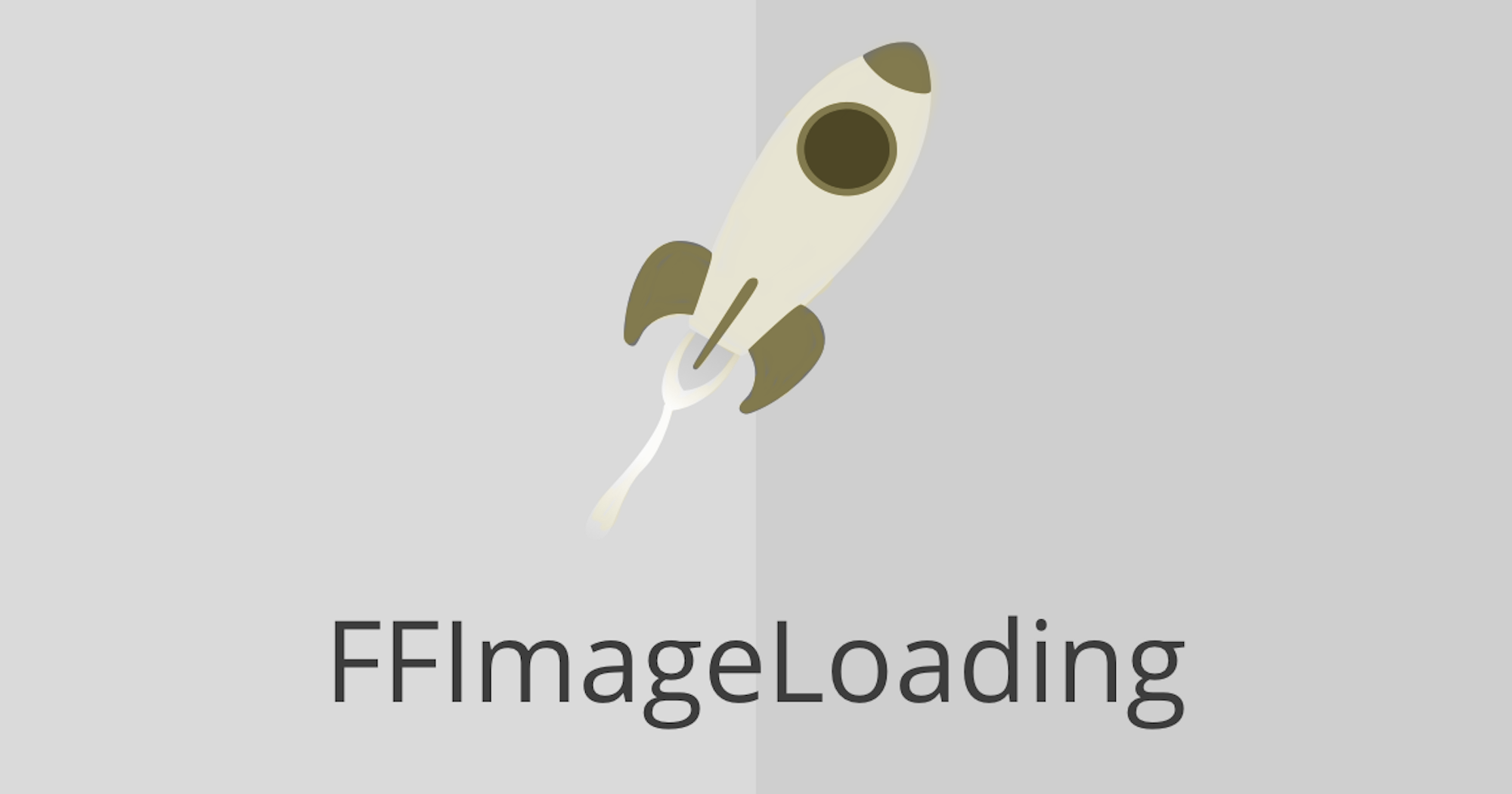Object detection is a computer vision technique whose aim is to detect objects such as cars, buildings, and human beings, just to mention a few. The objects can generally be identified from either pictures or video feeds.
Blog
A 2019 Guide to Deep Learning-Based Image Compression
ArticlesCompression involves processing an image to reduce its size so that it occupies less space. There are already codecs, such as JPEG and PNG, whose aim is to reduce image sizes. There are two types of image compression; lossy and lossless.
In lossless compression, one can retrieve the original image data, while in lossy compression one cannot. As a point of reference, PNG is lossless and JPEG is lossy.
Continue reading A 2019 Guide to Deep Learning-Based Image Compression
Hands-on with Feature Selection Techniques: An Introduction
ArticlesWith recent developments in big data, we’ve been given more access to high-dimensional data. Consequently, the performance of machine learning models has improved by a large margin.
On the other hand, there are significant noisy and useless features often collected or generated by different sensors and methods. These unneeded features not only influence a model’s accuracy, but they also can demand a lot of computational resources.
Continue reading Hands-on with Feature Selection Techniques: An Introduction
Facial Recognition System with JavaScript
ArticlesThis will be a short and concise tutorial on how to build a facial recognition system with JavaScript, using faceapi.js built on Tensorflow.js; hence we won’t be interacting with Tensorflow.js directly.
This is what our final model output should look like
We want to build an ML system, that when given a specific input image, will tell us if a face in the input image is similar a face in our database. 😉
Transfer Functions for Machine Learning, Simplified
ArticlesThis write up is an excerpt from my recent research on transfer functions and machine learning operations. Throughout this post, I’ll basically be establishing the core principles of these two different concepts, and examine their relationship to each other.
I have always understood machine learning algorithms as a simple relationship between variable X and Y, where X is the input data and Y is the learning outcome. The general polynomial relationship between X and Y is bounded by the following function:
Continue reading Transfer Functions for Machine Learning, Simplified
Understanding the Mathematics Behind Linear Regression
ArticlesIn this post, we’re going to learn about the most basic regressor in machine learning—linear regression. Specifically, we’re going to walk through the basics with a practical example in Python, and learn about applying feature engineering to the dataset we work with.
This is a two-part article, and this part encompasses the basics of feature engineering and regression. In part 2, we’ll discuss gradient descent (coding it from scratch), regularization, and other relevant concepts.
Continue reading Understanding the Mathematics Behind Linear Regression
Build, Train, and Deploy a Book Recommender System Using Keras, TensorFlow.js, Node.js, and Firebase (Part 1)
ArticlesHeads up! This is an end-to-end series. In its three parts, I’m going to show you how to train, save, and deploy a recommender model. Specifically, you will understand how to get and process your data, build and train a neural network, package it in an application, and finally serve it over the internet for everyone to see and use.
Using FFImageLoading in Xamarin.Forms for caching and optimizing images
ArticlesFast and Furious Image Loading (or FFImageLoading) in my opinion—and many others—is a must have in most Xamarin applications. If your application deals with a lot of images, it’s crucial to have this awesome library.
FFImageLoading supports a wide range of Platforms: Xamarin.iOS, Xamarin.Android, Xamarin.Forms, Xamarin.Mac / Xamarin.Tizen, and Windows (UWP, WinRT).
Continue reading Using FFImageLoading in Xamarin.Forms for caching and optimizing images
Using LiveData with Room in Android
ArticlesIn my last blog on using the Room database in Android, we took a look at how to save/fetch our user data to/from a SQL database without having to write a lot of boilerplate code. If you haven’t read it yet, I would recommend that you do so before you go ahead with this one:
Best End-to-End ML Platforms for 2024
ArticlesIn this article we’ll be looking at end-to-end ML platforms. And while most of these platforms offer robust tools for managing ML pipelines from model training to deployment, and beyond, it’s important to note that data collection and labeling is still left to the tools we covered in part one.
That’s certainly not to take anything away from the incredible platforms we’ll look at here, but it is something important to remember when thinking about implementing ML solutions in your organization.









